Effective Communication with the Audit Committee Enhances Audit Quality
- Posted by kalyani
- On July 1, 2024
- 0 Comments
The US Public Company Accounting Oversight Board (PCAOB) is a rigorous regulator when it comes to violations of the rules and standards established by it. The PCAOB follows the mechanism of sweep inspections, which enables it to gather information on potential violations from several firms at the same time. These sweeps align with PCAOB’s strategic goal of strengthening enforcement.
In recently settled disciplinary orders, the PCAOB sanctioned six audit firms for violating the PCAOB rules and standards related to Communications with Audit Committees, among other violations.
- All six firms failed to communicate to the audit committee the names, locations, and scheduled responsibilities of other independent public accounting firms or other persons that performed the audit procedures in the current period but were not employed by the auditor.
- One audit firm also violated Rule 3211, Auditor Reporting of Certain Audit Participants, which requires registered public accounting firms to provide information about accounting firms and engagement partners participating in the audit by filling out Form AP. During a 2019 audit, the firm used two personnel from a Beijing corporation for 216 out of 513 total hours, i.e., approximately 40% of the total audit hours. The standard requires that if the other accounting firms’ services have been used above the threshold limit of 5% of the total audit hours, then it must be reported in the Form AP, yet the firm failed to do so.
- One audit firm headquartered in New York additionally violated PCAOB Rules 3520 and 3524 by violating Rule 2-01(c)(7)(i) of Commission Regulation S-X, which provides that an “accountant is not independent of an issuer” unless “before the accountant is engaged by the issuer….to render audit or non-audit services, the engagement is approved by the issuer’s audit committee.” The firm audited the issuer’s financial statements and performed tax compliance and consulting services during the same period. However, the firm failed to obtain pre-approval from the issuer’s audit committee to provide these additional services.
It is crucial to communicate information about other public accounting firms whose work has been utilized in conducting the audit. This transparency is essential for the audit committee of the issuer to be aware of whether the other firm is registered with the PCAOB, understand its qualifications, and be informed about any inspection history. Such communication serves to establish and uphold the credibility of the audit process.
AS 1310, Communication with Audit Committees delineates the auditor’s responsibilities in communicating various matters to the audit committee. It outlines the appropriate methods for conveying information, addressing disagreements, and detailing challenges faced during the audit process. The standard also provides clear guidelines regarding the timing of these communications. Additionally, multiple PCAOB standards require clear communication between the auditor and the audit committee.
KNAV’s Opinion
The relationship between an auditor and an audit committee is critical as it forms the basis for corporate governance and an effective audit process. The audit committee functions as the auditor’s ally, making clear, transparent, and accurate communication immensely beneficial to all stakeholders and the accounting profession at large.
Establishing a good rapport with the audit committee is paramount for the auditor. Open discussions must convey the expectations from the audit, the support needed, and the handling of various observations. The communication must be a two-way street, with both parties striving towards reporting an accurate picture of the financials. To facilitate this, the auditor must chalk out weekly meetings, checklists to obtain information, and mechanisms to report significant observations timely. This proactive approach will ensure better and more effective quality audits.











0 Comments